Reading time: 6 mins
Imagine this…
You know who your audience is.
Demographics, personalities, motivations, goals, challenges, dreams, social accounts followed, most visited websites, expectations, and so on — you’ve all the required data.
So to start inbound efforts, you decide to create resources on your blog. You buy premium SEO tools, hire the best writers, designers, and developers.
But after a year or so you realize you’ve been attracting the wrong audience. You’re getting a consistent rise in traffic but the leads won’t convert.
Frustrating, right?
To uncover this, you’ll have to understand the Jobs-To-Be-Done theory.
Contents
What is Jobs-To-Be-Done (JTBD)
JTBD explains the gap between your customers’ current state and what they’re trying to achieve.
Say you’re into employee engagement products. You ask your existing customers why did they buy your tech. They’d probably say something like:
“Because I want engaged employees.”
“Because I want to retain my employees.”
“Because I want my employees to be happy.”
These are surface level answers. What they actually want is:
“To keep employees happy and get more done in less time.”
“To retain more and reduce employee turnover because hiring is such a pain.”
“To keep employees engaged so it positively affects the company’s bottom line.”
When you understand what your customers really want, you’ll be joining the conversations already happening in their minds. They feel heard. And you get their attention.
“People buy products and services to get a job done.” — Clayton Christensen
Let’s see how people get things done with Google:
The video highlights micro-moments — these are little touchpoints in time when users are looking for some information (or ready to become a buyer) via Google search.
So influencing those little moments is the key. You show them how to get from point A to point B.
How Jobs-To-Be-Done Works
Jobs are varied. Different circumstances, different jobs.
But generally, they follow the same path:
Situation
👇
Motivation
👇
Searching the right solution via Google/YouTube
👇
Getting the job done
👇
Expecting outcomes
Here’s an example:
Matt is a Sales Executive in a growing B2B SaaS startup. He’s new to cold calling and not sure how to go about it. (Situation)
He wants to crack cold calling to blow his quota. (Motivation)
He searches on Google:
“how to open a cold call”
“things to avoid in a cold call”
“does cold calling really work”
He lands up on a sales guide where he gets in-depth information. (Getting the job done)
He applies the insights. Some tactics work, some don’t. (Expecting outcomes)
The content helped Matt get to his desired state. So it became a go-to resource and acquired the mind-share of Matt and many others like Matt.
💡 Note: Tony Ulwick, CEO of Strategyn, founded the JTBD concept. Since then JTBD became popular among product and innovation groups.
Where Does JTBD Fit in SEO
I’d put it before keyword research. Or as an extension of audience research.
Once you group different jobs in the framework, list out the seed keywords.
💡 Note: Seed keywords are neither specific nor too broad terms — upto 3 words max. These are fundamental keywords related to your business and shouldn’t be confused with primary or short-tail keywords.
Say you’re a calisthenics coach based out of New York. You train people in your studio and via online classes.
Based on the jobs your customers are looking to accomplish, good seed keywords can be:
- calisthenics gym
- learn calisthenics
- learn handstand
- calisthenics trainer
- bodyweight training
- advanced calisthenics
- calisthenics professional
💡 Note: We’re not choosing broad terms like calisthenics, trainer or coach as seed keywords.
Now we’ll copy the above keywords in Ahrefs to discover more seed keywords. This forms the base for keyword research where we group similar terms in different topic buckets.
JTBD Framework
Data will give you strong correlations. But a correlation might not be the cause. It’ll be a hit-or-miss.
So how do you ensure the data aligns with your buyer’s journey?
Use the JTBD framework:
When I (situation), I want to (motivation) so that I can (desired outcome).
Based on this you can plan (and test) what content would help your ideal prospects to reach their desired state.
Let’s look at a couple of examples below.
1. Job Done by Hostinger
Everyone likes a fast-loading site. Page experience is crucial in Google’s eyes. So if someone wants to speed up their WordPress site, they’d probably look for a guide like this:
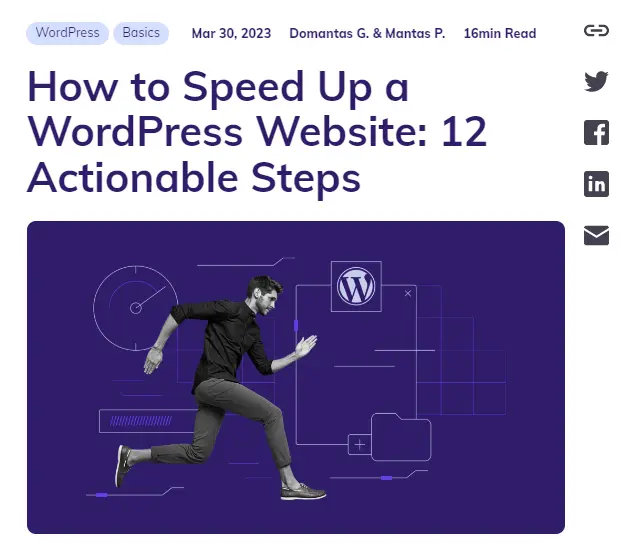
WordPress sites are known to have performance issues. It’s a burning problem for site owners. So the JTBD can be framed as:
When I see users bouncing off my site because of slow loading I feel annoyed (situation). I want to know how to speed up my site without altering any code (motivation) so that I can provide an amazing user experience and get more conversions (desired outcome).
A detailed guide would be the ideal solution for this job. Hostinger explains the process using their in-built features:
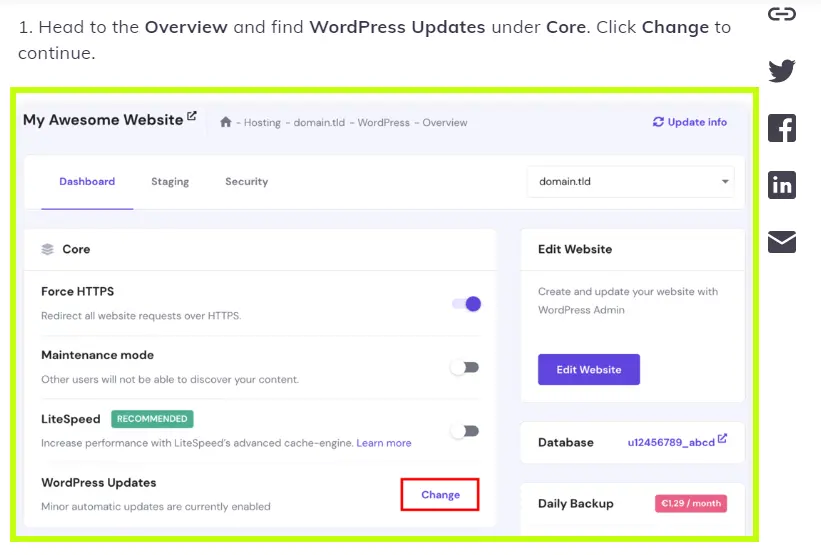
This is one great example of product-led content.
2. Job Done by Ahrefs
I’ve been using Ahrefs for a while now — primarily for keyword and competitive research.
If I want any info on say… keyword clustering, I’ll be likely to read one of their blogs. My JTBD will look like:
When I saw someone tweeting about keyword clustering in SEO (situation), I want to know how to cluster keywords using Ahrefs to better understand search intent (motivation) so that I can rank for a pool of keywords and bring maximum results for my clients (desired outcome).
So I look for the term “keyword clustering using ahrefs” on Google:
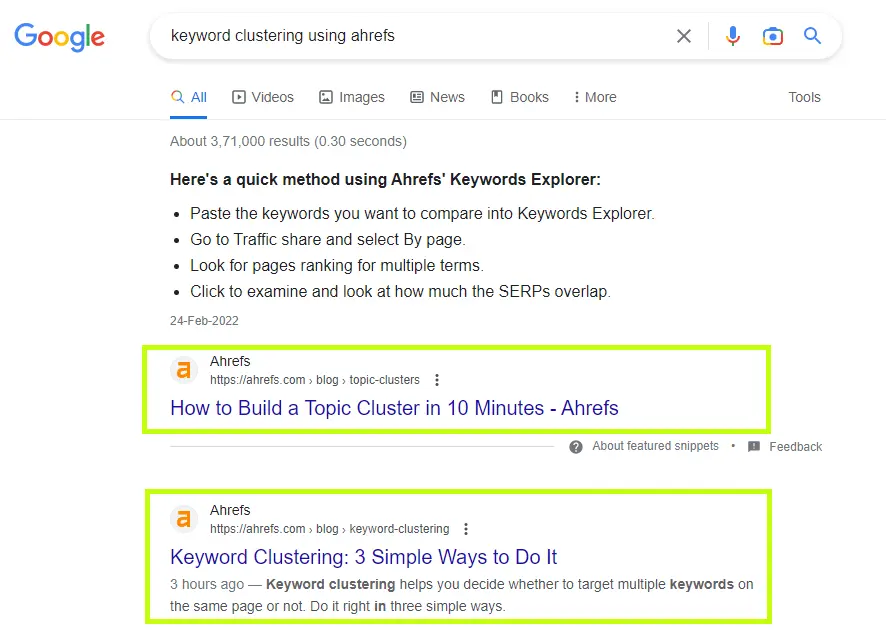
While going through one of the links, I could easily understand how to cluster keywords with Ahrefs. I got the job done.
See how Ahrefs plugs the Keywords Explorer feature in the blog:
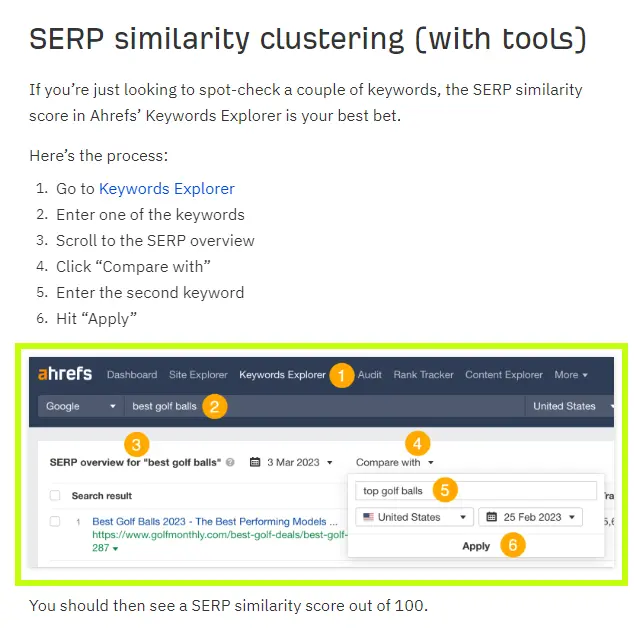
It’s subtle. And doesn’t feel aggressively promoted.
JTBD Shapes Your Content Plan
People buy (or care about) the outcome, not the process. So focus on the job customers are trying to accomplish than spending too much time building customer profiles.
If you’re selling SaaS or enterprise tech, consult your product manager to filter the jobs. Then come up with topics that fit your audience.
When you’ve JTBD in use, you get closer to serious buyers. Without guessing.
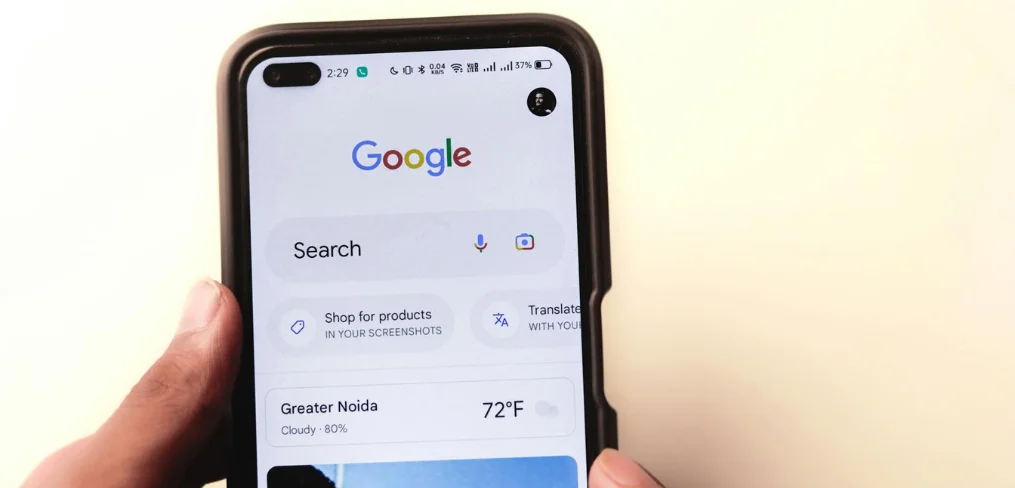

This article should be renamed to “JTBD For Dummies” – great read with actionable insights. Great job Soumyadeep🔥
Glad you found it helpful, Shoaib 🙏